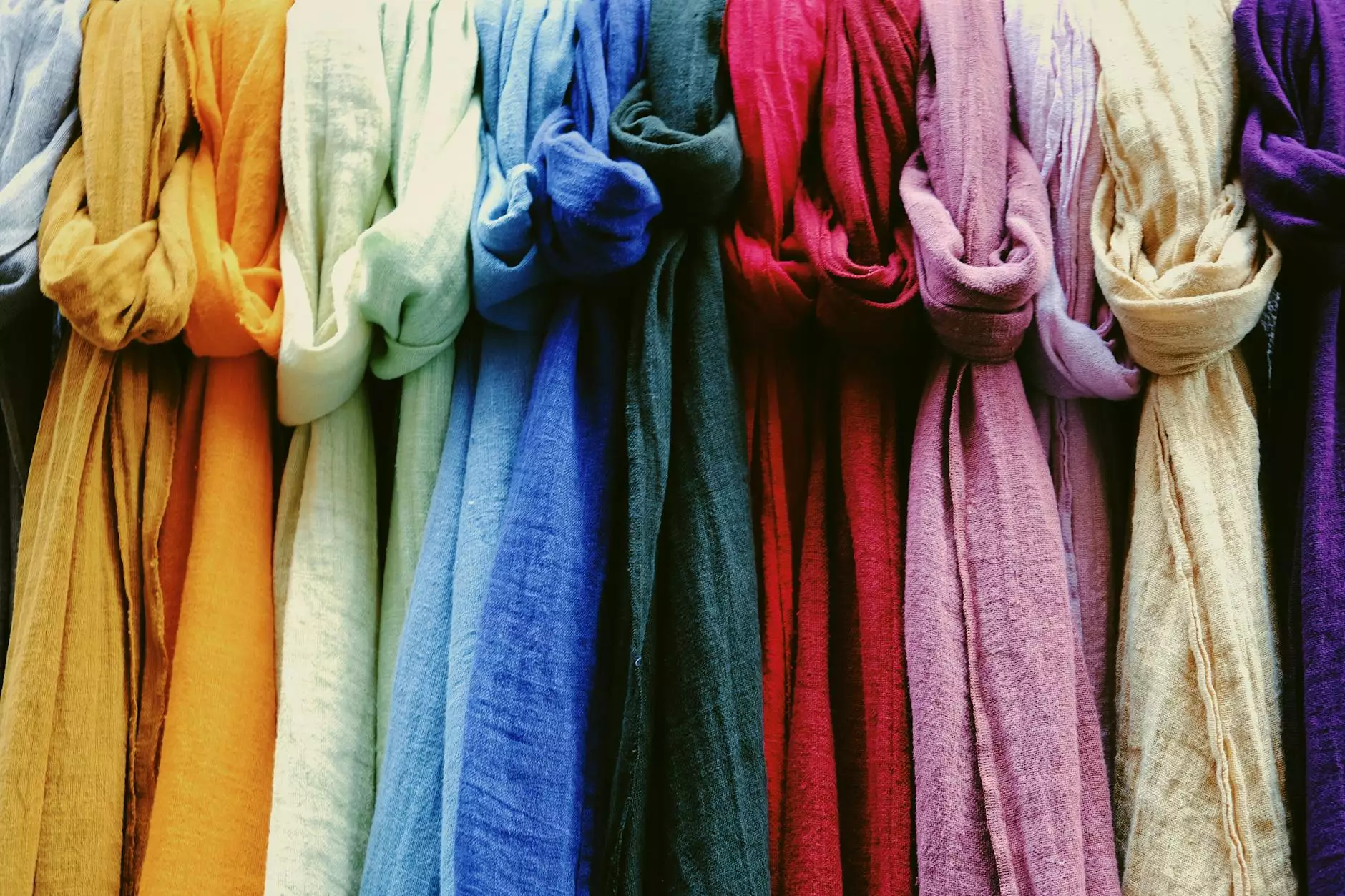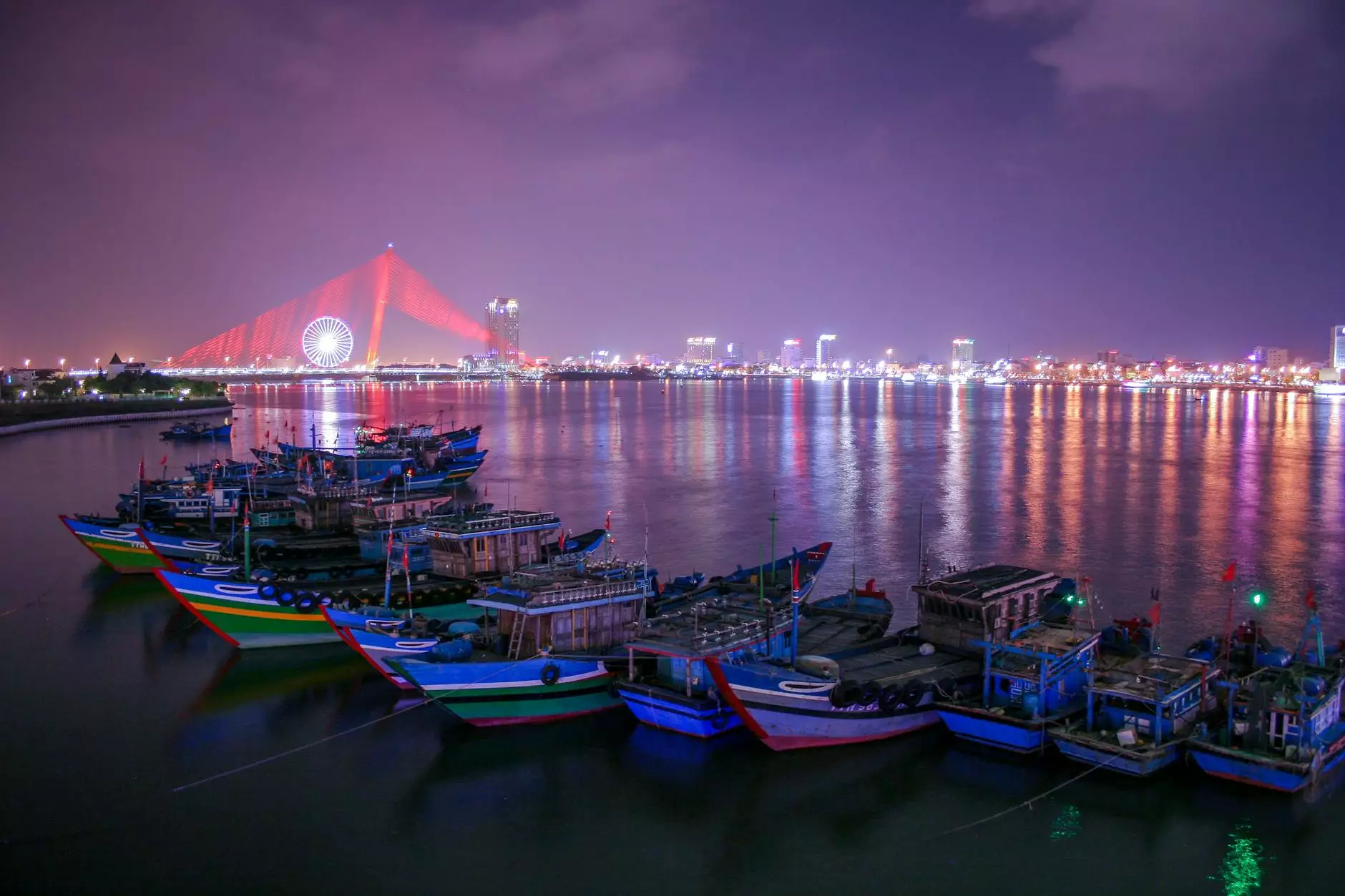The Ultimate Guide to Arabica vs Robusta vs Liberica Coffee Beans

Coffee is more than just a beverage; it's a culture, an art, and for many, a daily ritual. Among the vast array of coffee beans available, three types dominate the market: Arabica, Robusta, and Liberica. Each of these beans offers distinct flavors, aromas, and characteristics that cater to different palates and preferences. In this comprehensive guide, we will delve deep into the world of these coffee varieties, helping you understand their differences, similarities, and the best uses for each.
1. Understanding Coffee Beans: An Overview
Coffee is derived from the seeds of Coffea plants, most commonly harvested from two species: Coffea arabica and Coffea canephora. The names of these species are the basis for the popular coffee types we drink today, namely Arabica and Robusta. A lesser-known third type is Liberica, which offers a unique flavor profile. To appreciate coffee fully, one must explore each bean type's origins, cultivation, and characteristics.
2. Arabica Coffee Beans: The Sophisticated Choice
Arabica coffee beans are known for their smooth flavor and exceptional quality. Representing about 60-70% of the world's coffee production, these beans are often regarded as the gold standard in the coffee industry.
2.1 Flavor Profile
Arabica beans are distinguished by their light, sweet taste and a hint of acidity. They often have fruit notes and can be floral, nutty, or chocolatey. The complexity of Arabica flavors makes it a favorite among coffee connoisseurs.
2.2 Growing Conditions
- Altitude: Arabica plants thrive at higher elevations, usually between 2,000 and 6,000 feet.
- Climate: They prefer cooler temperatures between 60°F and 70°F.
- Soil: Well-draining volcanic soils are ideal for Arabica cultivation.
2.3 Common Varieties
Arabica has numerous varieties, including:
- Typica: Known for its balanced flavor and sweetness.
- Bourbon: Offers a rich, complex taste.
- Geisha: Renowned for its elegant floral notes and smooth finish.
3. Robusta Coffee Beans: The Bold Alternative
Robusta coffee beans, derived from the Coffea canephora, are a popular choice for their strong flavor and higher caffeine content. Representing about 30-40% of global coffee production, Robusta is particularly favored in espresso blends.
3.1 Flavor Profile
Robusta beans are characterized by their bitter, earthy flavor with a robust body. They often have nutty or woody notes and less acidity compared to Arabica. The high caffeine content contributes to its bitter taste.
3.2 Growing Conditions
- Altitude: Robusta grows well at lower altitudes, typically below 2,000 feet.
- Climate: It thrives in hotter conditions, ideally between 75°F and 85°F.
- Soil: Less picky about soil quality, Robusta can grow in various types.
3.3 Common Uses
Due to its strong flavor and crema-producing qualities, Robusta is often used in:
- Espresso blends: Enhances the crema and robustness of coffee.
- Instant coffee: Provides a budget-friendly option with consistent taste.
4. Liberica Coffee Beans: The Unique Flavor
Liberica coffee, although less common, offers a distinctive taste experience. Derived from Coffea liberica, this bean accounts for approximately 2% of global coffee production. It is particularly popular in specific regions, such as the Philippines and parts of West Africa.
4.1 Flavor Profile
Liberica beans possess a smoky, floral aroma and a unique, fruity flavor profile that can be somewhat polarizing. The beans tend to have a strong body with a full taste, often compared to a blend of fruity and woody notes.
4.2 Growing Conditions
- Altitude: Liberica can grow well at various altitudes but prefers lower elevations.
- Climate: It thrives in hot and humid conditions.
- Soil: Requires well-draining, nutrient-rich soil for optimal growth.
4.3 Rarity and Appeal
The rarity of Liberica coffee beans adds to their allure among adventurous coffee drinkers, providing a unique alternative to the more common Arabica and Robusta beans.
5. Comparing Arabica, Robusta, and Liberica
FeatureArabicaRobustaLibericaFlavor ProfileSmooth, sweet, complexBitter, earthy, strongSmoky, floral, fruityCaffeine ContentLowHighMediumGrowing ConditionsHigh altitude, cooler temperaturesLow altitude, warmer climateLow altitude, hot and humidMarket Share60-70%30-40%2%6. How to Choose the Right Coffee Bean for You
Choosing between Arabica, Robusta, and Liberica largely depends on your personal taste and brewing preferences. Here are some factors to consider:
- Taste Preferences: If you prefer a smoother, sweeter flavor, opt for Arabica. For those who enjoy bold and bitter notes, Robusta is ideal.
- Brewing Method: For espresso lovers, a mix of Robusta and Arabica is often preferred. If you're brewing a pour-over or drip coffee, Arabica might be your best bet.
- Exploration: Don't shy away from trying Liberica. Its unique flavors can provide a refreshing change from traditional coffee offerings.
7. The Future of Coffee: Sustainability and Beyond
As the coffee industry grows, sustainability becomes a critical concern. Factors such as climate change, deforestation, and fair trade practices influence coffee production, particularly for Arabica and Robusta beans. Coffee lovers are increasingly seeking ethically sourced beans, which leads to:
- Organic farming: Reducing chemical use helps maintain soil health and the environment.
- Direct trade: Many consumers now prefer to purchase directly from farmers, ensuring they receive fair compensation.
- Climate resilience: Research is ongoing to develop coffee varieties that can withstand the effects of climate change.
8. Conclusion
Arabica vs Robusta vs Liberica is not just a comparison of coffee types; it's an exploration of flavor, culture, and sustainability. Each bean has its unique characteristics, offering something for every coffee enthusiast. By understanding these differences, you can make informed choices about your coffee, discover new flavors, and contribute to the sustainability of the coffee industry. Whether you're sipping a delicate Arabica, a bold Robusta, or a unique Liberica, you're participating in a global tradition that brings people together.
As we move forward, embracing the diversity of coffee beans will not only elevate our sensory experiences but also support the communities and environments that produce them. So grab your favorite brew and enjoy the rich world of coffee!









